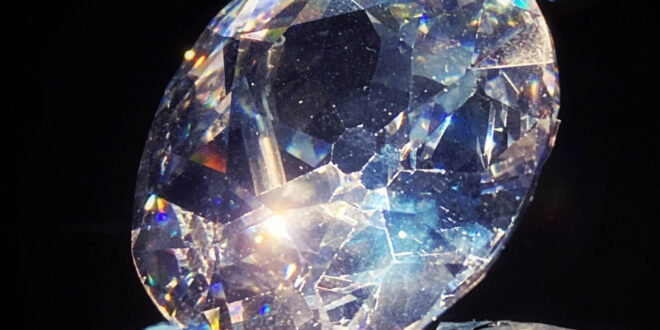The Koh-i-Noor diamond is one of the most famous and historically significant diamonds in the world. Its name, “Koh-i-Noor,” means “Mountain of Light” in Persian. Here’s a more detailed elaboration of its history:
1. Origins and Early History: The exact date of the diamond’s discovery is uncertain, but it is believed to have been mined from the Golconda mines in India, which were renowned for producing some of the world’s most valuable diamonds. The earliest recorded mention of the Koh-i-Noor dates back to 1306 when it was in the possession of the Kakatiya dynasty.
2. Mughal Empire: The diamond passed through various rulers and dynasties in India, including the Mughal emperors. It was in the possession of several Mughal emperors, including Babur, who mentioned it in his memoirs. The diamond was also part of the famous Peacock Throne, a lavish jeweled throne constructed by Shah Jahan, which was later looted by Persian invader Nadir Shah in the 18th century.
3. Persian and Afghan Rulers: After the invasion by Nadir Shah, the diamond came into the possession of Persian rulers. It was then taken by Afghan ruler Shah Shuja Durrani, who brought it to Afghanistan.
4. British East India Company: In 1849, the British East India Company gained control of the Punjab region, which included the diamond. As part of the Treaty of Lahore, the Koh-i-Noor was ceded to Queen Victoria as a symbol of British conquest.
5. British Crown Jewels: The diamond was cut and polished to enhance its brilliance and reduce its size. It went through several recuttings, and its current form weighs approximately 105.6 carats. It was set into various pieces of jewelry, including a brooch and a crown.
6. Tower of London: Since 1851, the Koh-i-Noor diamond has been on public display as part of the British Crown Jewels in the Tower of London. It is a popular tourist attraction and holds immense historical and cultural significance.
7. Controversy and Repatriation Calls: Over the years, there have been calls for the diamond to be returned to its country of origin, India. The diamond’s history is intertwined with colonialism and conquest, leading to debates about its rightful ownership.
The Koh-i-Noor diamond’s age of over 700 years is an estimate based on historical records and the general timeline of its known history. It has witnessed the rise and fall of empires, changing hands through conquests, treaties, and diplomatic negotiations. Its cultural and historical importance continues to be a topic of discussion and interest around the world.
 Gawah (The Witness) – Hyderabad India Fearless By Birth, Pristine by Choice – First National Urdu Weekly From South India – Latest News, Breaking News, Special Stories, Interviews, Islamic, World, India, National News
Gawah (The Witness) – Hyderabad India Fearless By Birth, Pristine by Choice – First National Urdu Weekly From South India – Latest News, Breaking News, Special Stories, Interviews, Islamic, World, India, National News





